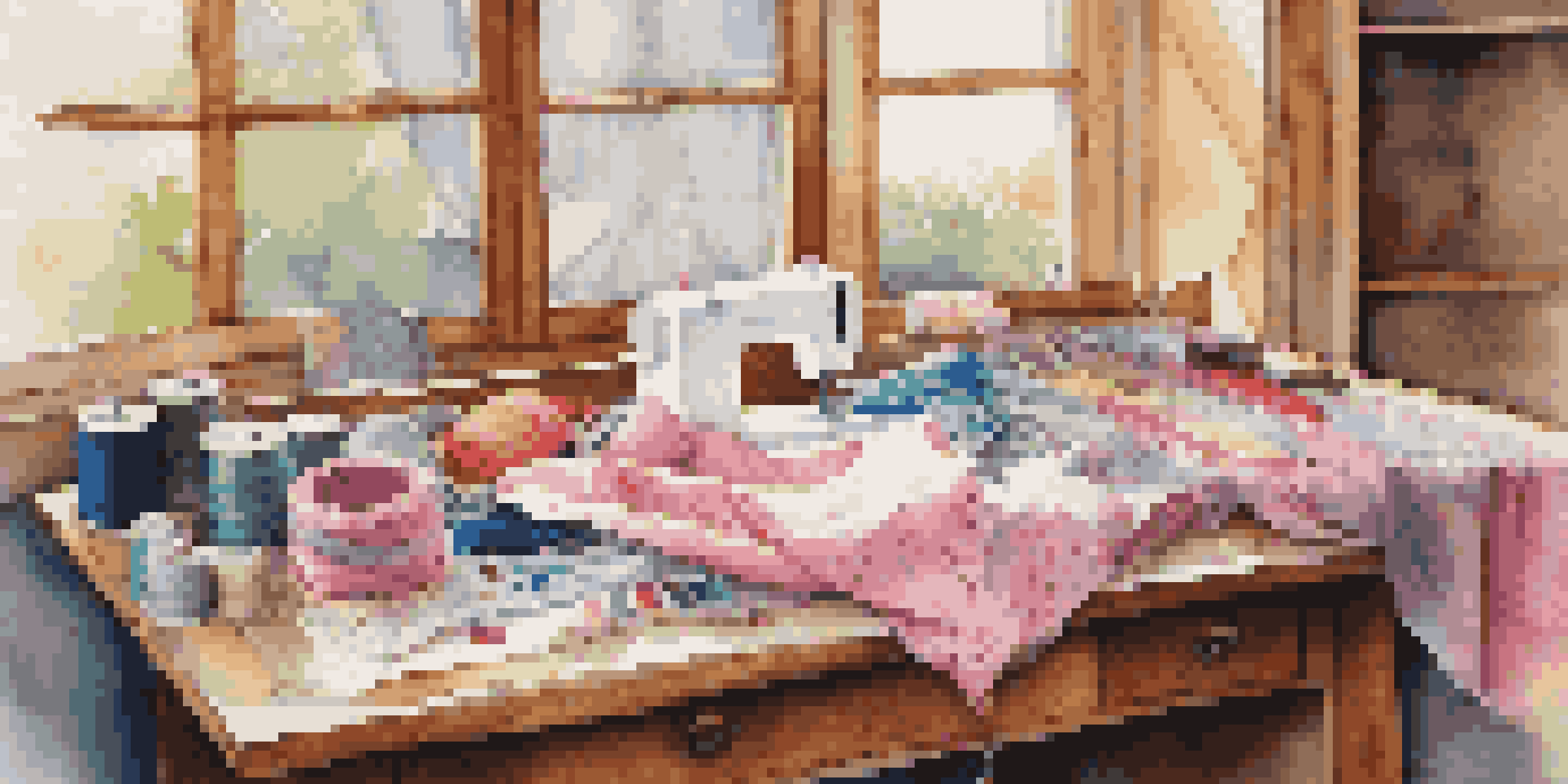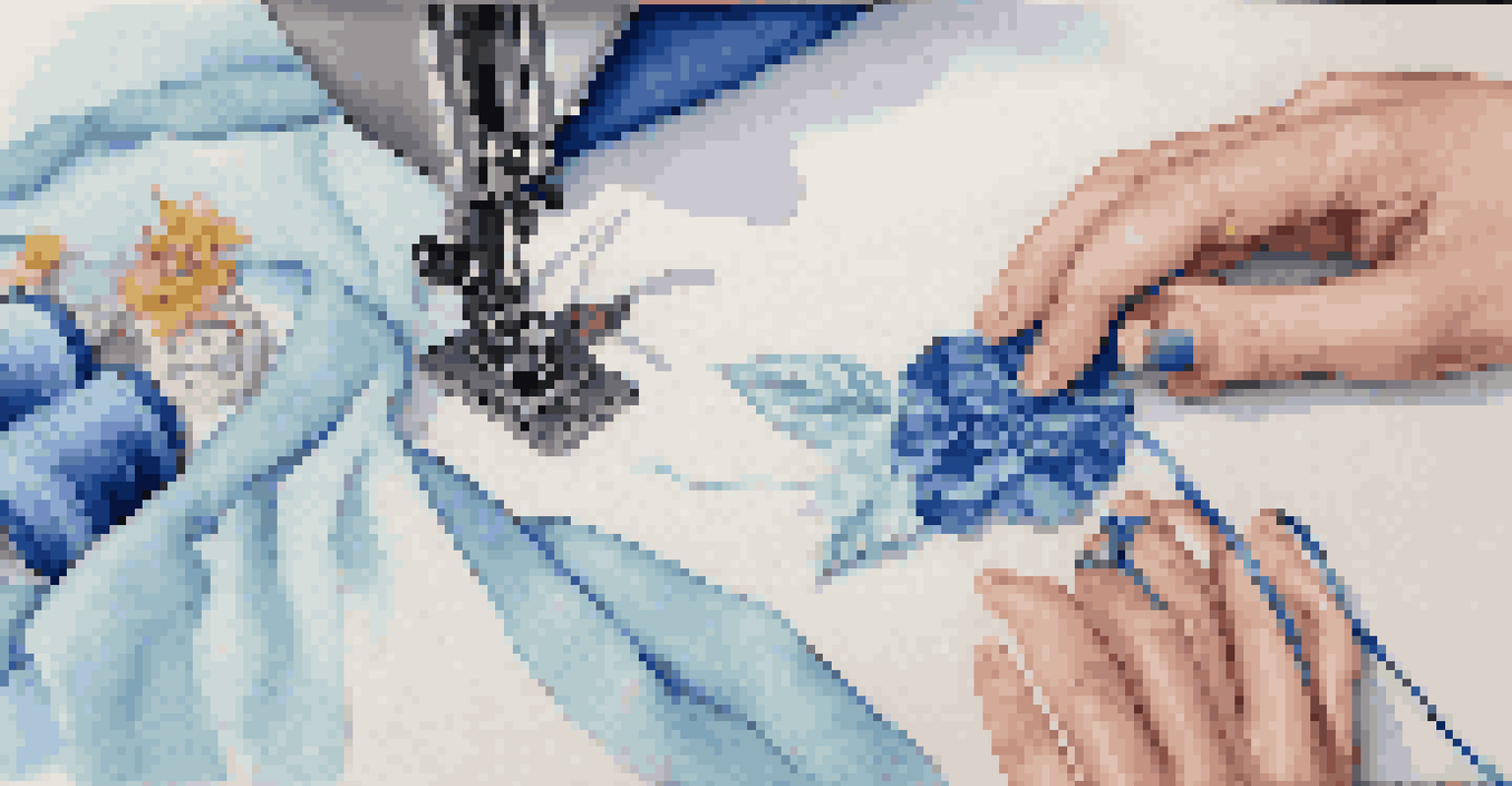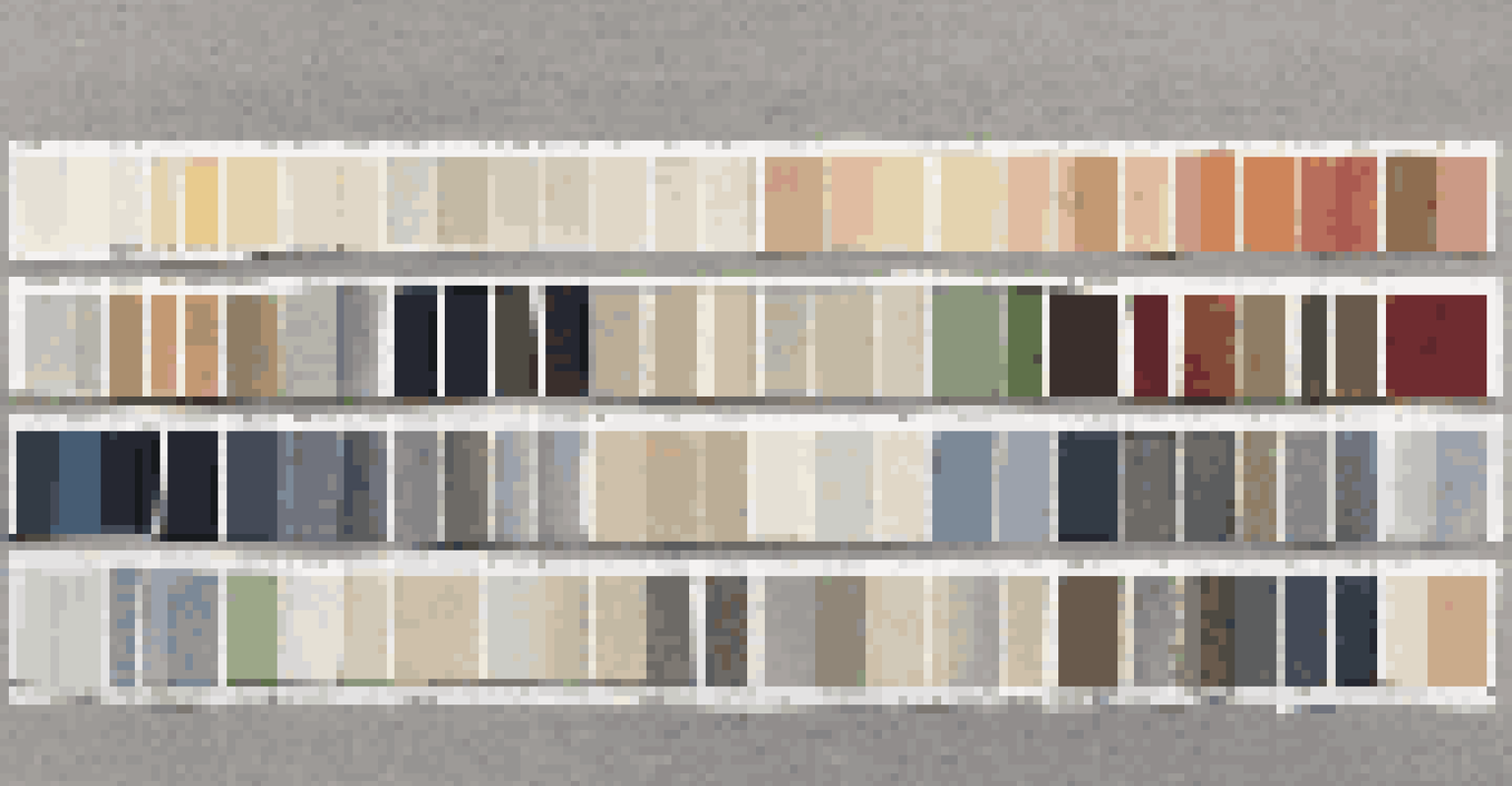Sewing Basics: Understanding Seam Allowance and Finishes

What is Seam Allowance and Why Does It Matter?
Seam allowance refers to the area between the edge of the fabric and the line of stitching. It’s essential because it affects how the garment fits and how it looks once finished. A standard seam allowance is typically 5/8 of an inch, but this can vary depending on the project.
Sewing is an art, and like any art, it requires practice and patience to master.
Think of seam allowance like the buffer zone for your fabric. Just like you wouldn’t want to drive without a safe distance from other cars, sewing requires that same consideration to ensure a proper fit. If you cut too close to the stitching line, you risk unraveling the seam and ruining your project.
Understanding seam allowance is crucial for beginners. It not only helps in achieving the right fit but also guides you when you alter patterns or join different fabric types. So before you dive into your next sewing adventure, take a moment to measure and mark your seam allowances.
How to Measure Seam Allowance Accurately
Measuring seam allowance accurately is vital for a clean finish. Start by placing your fabric on a flat surface and using a ruler or measuring tape to mark where your seam line will be. A fabric marking pen or chalk can help you create a visible line for guidance.

It’s also helpful to use a seam gauge, a handy tool that has a sliding marker to measure and set seam allowances precisely. This tool ensures consistency and can save you time when working on multiple seams. Plus, it’s compact enough to fit easily in your sewing kit!
Understanding Seam Allowance Matters
Seam allowance is crucial for garment fit and appearance, with a standard typically set at 5/8 of an inch.
Remember, measuring is the foundation of successful sewing. Just as a house needs a solid foundation, your project needs well-measured seam allowances to stand the test of time. Take your time with this step; your future self will thank you for it!
Common Seam Allowance Mistakes to Avoid
Even experienced sewists can fall into common traps when it comes to seam allowance. One frequent mistake is assuming all patterns have the same seam allowance. Always check your pattern instructions first; some may specify different allowances, especially if working with specialty fabrics.
The details are not the details. They make the design.
Another pitfall is not accounting for fabric thickness. Thicker fabrics may require a wider seam allowance to ensure the seams lay flat and don’t create bulk. Consider the weight and texture of your fabric to determine the best seam allowance for your project.
Lastly, don’t forget to factor in finishing techniques, like serging or zigzag stitching. If you plan to finish your seams, this will affect how much seam allowance you need. Avoiding these mistakes will help you achieve a polished and professional result.
Exploring Different Seam Finishes: An Overview
Seam finishes are techniques used to prevent fabric edges from fraying and to give your project a polished look. There are several types of seam finishes, including zigzag, French seams, and serging, each with its own benefits. Choosing the right finish depends on your fabric type and the look you want.
For instance, if you’re working with delicate fabrics, a French seam encloses the raw edges and provides a clean finish. On the other hand, serging is perfect for knit fabrics, as it offers stretch while securing the edges. Understanding these options can elevate your sewing game significantly!
Accurate Measurement is Key
Measuring seam allowances accurately is essential for achieving a clean finish and ensuring your sewing project stands the test of time.
To make the right choice, consider the end use of the garment. A casual dress might benefit from a basic zigzag finish, while a formal garment may call for more refined techniques like a Hong Kong finish. Knowing when to use each finish will transform your sewing projects.
Step-by-Step Guide to Common Seam Finishes
Let’s dive into a few popular seam finishes. One of the simplest is the zigzag finish, where you sew a zigzag stitch along the raw edges to prevent fraying. This method is quick and effective, making it a go-to for many sewists.
Another popular option is the overlock finish, which is done using a serger. This technique trims the fabric while simultaneously finishing the edges, resulting in a neat and professional look. It’s ideal for knit fabrics and can save time on larger projects.
Lastly, consider the bias-bound finish. This involves wrapping bias tape around the raw edges, which not only prevents fraying but also adds a pop of color and style to your garment. Experimenting with these finishes will enhance your sewing skills and creativity.
When to Use Each Type of Seam Finish
Choosing the right seam finish often depends on the fabric type and the intended use of the garment. For lightweight fabrics, a French seam is a great choice as it provides a neat finish while remaining lightweight. It’s perfect for blouses, dresses, or any garment where you want a delicate touch.
For medium-weight fabrics, a pinked seam finish can help reduce bulk while providing a clean edge. This technique is straightforward; simply use pinking shears to cut along the raw edges, creating a zigzag pattern that minimizes fraying.
Choose Appropriate Seam Finishes
Selecting the right seam finish based on fabric type and intended use can significantly enhance the quality and look of your sewing projects.
Heavy fabrics, like denim or canvas, benefit from a flat-felled seam. This finish is not only strong but also offers a polished look, making it ideal for jeans or sturdy bags. Knowing when and how to use these finishes will significantly impact the quality of your sewing projects.
Final Tips for Mastering Seam Allowance and Finishes
As you embark on your sewing journey, remember that practice makes perfect. Don’t hesitate to experiment with different seam allowances and finishes to find what works best for you. Each project is an opportunity to learn and improve your skills.
Additionally, always keep a seam allowance guide handy. Whether it's a printed reference or a handy app, having quick access to common seam allowances can save you time and ensure consistency across your projects.

Finally, don’t be afraid to ask for help! Join sewing communities online or in-person, where you can share tips and get advice from fellow enthusiasts. Embracing the learning process will make you a more confident and capable sewist.